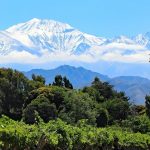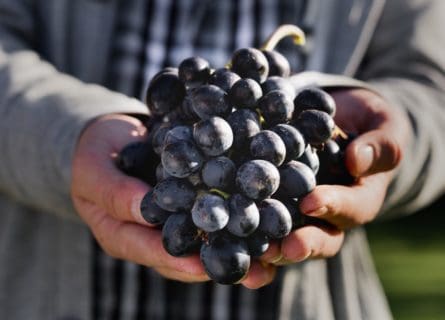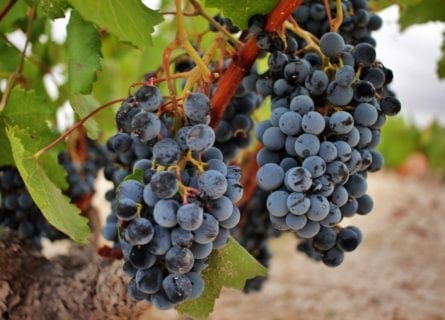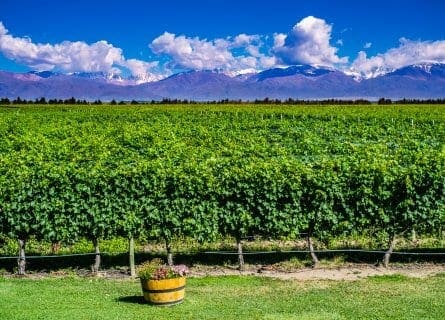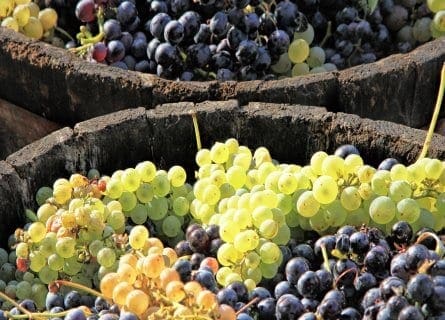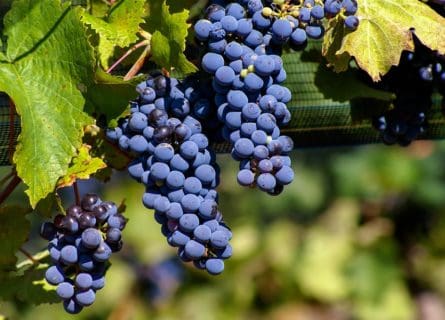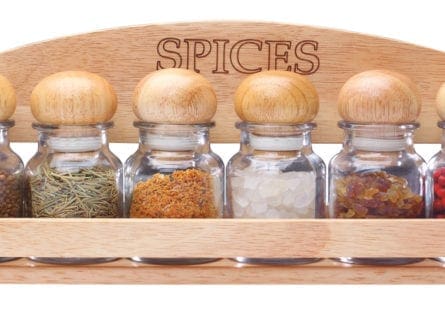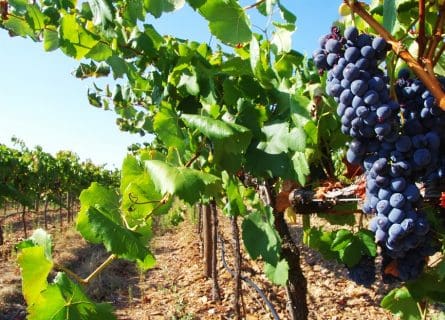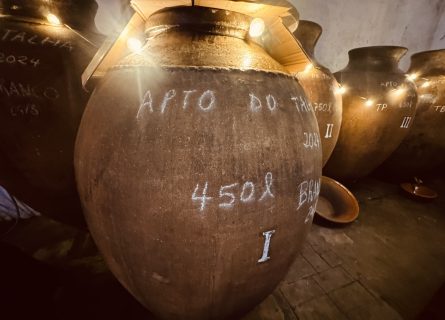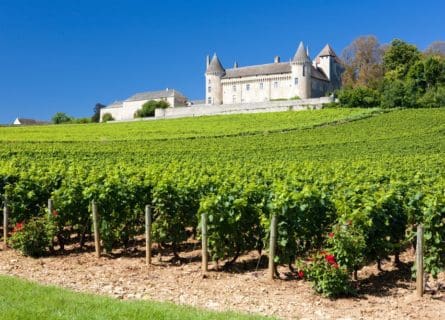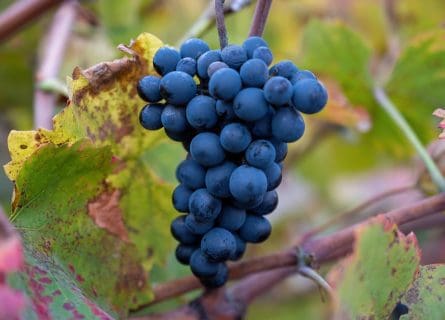San Juan Wine Region Guide
From Historic Roots to New Heights: Discover San Juan's Bold Evolution in Every Bottle.
EXPLORE ALL OUR GUIDES TO ARGENTINA'S WINE REGIONS
Last updated: October 5, 2024
Introduction
In the 16th century, the Spanish conquistadors, in their quest for new territories, brought ‘Vitis vinifera’ to San Juan. This marked the beginning of viticulture in the region, with European vine varieties being planted in a very arid part of northwestern Argentina, north of Mendoza. Despite its long history of viticulture, San Juan’s wine industry has never gained a reputation for high-quality Malbec or exemplary Chardonnay.
Indeed, San Juan’s growers are no slouches in the volume department, harvesting large quantities of table grapes and fruit earmarked for bulk wine production. Compared to its more prestigious neighbor, San Juan is undeniably low-key and down to earth. The gloss and international sheen of Mendoza are largely absent here.
However, not all producers in San Juan are content with the status quo. A growing group of young, enthusiastic, and ambitious winegrowers are elevating the local viticulture to new heights, planting Bonarda, Syrah, Tannat, Pinot Gris, and even Viognier on the higher slopes of San Juan’s numerous valleys.
This flurry of activity, involving careful site selection and superior clones, has significantly broadened the range of styles available from these previously underutilized vineyards. San Juan is making a determined effort to enhance its reputation and produce high-quality wine. The best labels, crafted with care and pride, offer astonishingly good value for money.
Geography and terroir
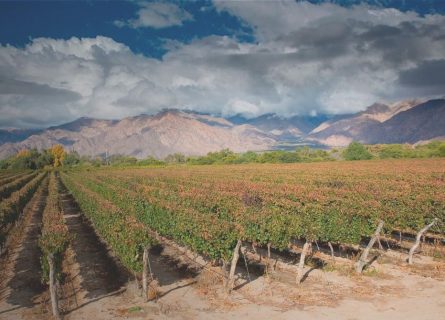
Developed feverishly in the 20th century as a center of bulk production, San Juan is tentatively exploring the world of premium wines today. However, the region’s steep-sided valleys remain a key source of table grapes in Argentina, which is unlikely to change soon.
Meanwhile, companies purchase gallons of high-yielding Criolla Grande and Cereza, made in factory conditions, for distillation (a great deal of Argentine Brandy relies on San Juan grapes) or for the production of sweetened, sherry-style concoctions. The volume of high-quality bottled wine is still a relative drop in the ocean.
Rich Viticultural Landscape
San Juan boasts a wealth of superior terroir, particularly in the emerging Pedernal Valley subregion. Responsible for over a quarter of the nation’s total wine output, this substantial vineyard is located to the north of Mendoza and the south of La Rioja, bordered by the Andes along its western edge. The vineyards nestle in a series of dry valleys that dot the region, including the Tulum Valley (near the city itself) and the Zonda subzone to the west of San Juan.
Winemakers cultivate approximately 32,000 hectares of vines in the province, which accounts for 17 percent of the national vineyard area. They dedicate half of the agricultural land to ripening grapes. Winegrowing, a tradition since the 1600s, is a vital part of San Juan’s economic, social, and cultural life.
And yet, cultivable land remains at a premium in the region: mountains occupy more than 80% of the landscape in San Juan. At the same time, the lower-lying areas (by the standards of Argentina, at least) are hotter and drier than neighboring Mendoza. Indeed, producers grow grapes in a desert-like environment, where an average rainfall of 100mm per year is woefully inadequate for the needs of local agriculture.
Thankfully, farmers can irrigate their crops with water taken from the San Juan and Jachal rivers; Andean meltwater also plays a decisive role in San Juan viticulture, filling the reservoir with vital water reserves in the summer months. But, as global warming advances, viticulturists worry that the mountain glaciers may eventually disappear. This occurrence would irrevocably change life in San Juan unless they can find alternative water sources.
Meanwhile, the hot, dry wine known as the Zonda helps to keep vine diseases at bay: powdery and downy mildew are scarcely a problem in much of Argentina. Yet, compared to Catamarca and Jujuy, viticulturists have planted some climats (vineyard sites) at moderate elevations of around 550 meters above sea level, offering less protection from the fierce summer heat. The growing conditions in San Juan, however, are not uniform. In the Tulum, Calingasta, and Pedernal Valleys, high-altitude sites and calcareous soils yield impressive wines.
Pedernal Valley
The best evidence is found in the Pedernal Valley, an increasingly important subregion south of San Juan. Just over 850 hectares of vineyards are planted on exceptional terroir: limestone-rich soils covered in ubiquitous stone fragments. This infertile terrain and strictly controlled irrigation are naturally conducive to low yields and high-quality wines. Elevation is also a vital factor – an average altitude of 1300 meters above sea level accentuates the chilling effect of mountain breezes, making viticulture possible in this (overall) very hot and dry climate.
The abundance of intense sunlight produces wines of immense concentration and ripeness; it is a sign of national confidence in the region that, despite water shortages, investors continue to develop these high-potential sites. In a relatively short period, Pedernal has become a vineyard synonymous with innovation and excitement.
Winemaking and regional classifications
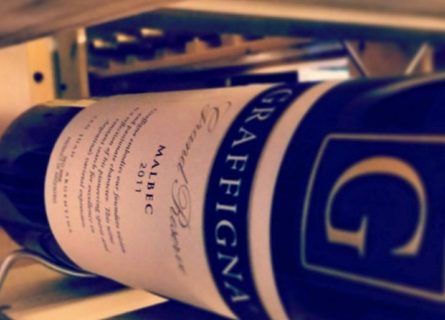
Leading producers in San Juan are starting to impress the critics: some world-class Malbec, Syrah, Chardonnay, and even Pinot Noir are now being made here. Twenty-five years ago, the idea of premiumization taking root in the province would have been met with derision. But while mass-market still rules the roost, pioneers such as Graffigna and Pyros inspire other wineries to up their game.
The burgeoning and varied subregion of Pedernal has earned itself a reputation for San Juan’s finest red wines: precise, super-fresh, and uncommonly elegant. Pyros Vineyard Limestone Hill Malbec is the exemplar—viticultural expert Claude Bourguignon and the renowned geophysicist Guillermo Corona both contributed to its inception.
Together, they identified superior plots in the valley, planting vines on ancient calcareous soils that are poor in organic matter, rich in minerals, and notable for their ability to retain moisture. Moreover, at 1400 meters above sea level, the diurnal range is significant enough to slow down the vine’s metabolism at night.
Winemaking Techniques Elevating Quality
The winemaking is equally fine-tuned. Hand-harvested grapes are carefully destemmed, crushed, and subject to a cold soak (pre-fermentation maceration) in a combination of large oak barrels and stainless steel tanks. This will start the extraction process, gently removing color and flavor from the berry skins while avoiding harsh tannins.
The main fermentation will then begin, using a mixture of wild and cultivated yeast strains. A relatively lengthy post-fermentation maceration (around 30 days) produces a deeply colored and structured red, aged in both new and used oak barrels (300 liters) for 12 months. The result is a complex and wonderfully aromatic Malbec with an earthy undertone emblematic of the valley’s calcareous terroirs.
On the other hand, the arid and heavily planted Zonda Valley is the source of anodyne supermarket blends that are fermented quickly and cheaply in gargantuan steel tanks. But this side of San Juan is of little interest to sommeliers and oenophiles.
However, the Tulum and Zonda Valleys are also starting to produce some very respectable wines, albeit the volumes are minuscule. Red grapes tend to give the best results: spicy and concentrated Syrah has a whiff of South Africa about it, while Tannat has proven its mettle at higher elevations. Like Syrah, it has emerged as one of Argentina’s strongest suits, although one should not overlook the supple Cabernet Franc. Of the dry whites, Chardonnay has shown the most promise so far, particularly if you enjoy a more opulent and buttery expression of the grape.
New Benchmarks
The quality of Pyros’ Chardonnay, partially vinified in first-, second-, and third-use French oak barrels, has been internationally recognized as setting a new benchmark in San Juan. Now, a range of explorers, inspired by their success, continue to stretch the limits of viticulture in this challenging environment. It is still very early; however, the most talented winemakers have managed to craft silky Viognier and crystalline Sauvignon Blanc from select sites in Pedernal. The local wine map continues to expand and surprise us all.
Facts & Figures
Key wine styles
- Full-bodied red and white wines
- A small volume of traditional method sparkling
- Table grapes; grapes used for distillation
Appellation structure
- 24 GIs (Indicaciones Geográficas) including Angaco, Chimbas and Pocito
Hectares under vine
- 32,000
Average annual production
Approximate number of producers
- 250
Key Grape Varietals
-
Chardonnay
Chardonnay is a green-skinned grape varietal native to the Burgundy wine region in France and one of the most popular varieties worldwide.
Find out more -
Chenin Blanc
Chenin blanc is a white wine grape varietal from France's Loire Valley Wine Region. It's a highly versatile grape that produces delicious, light-bodied wines.
Find out more -
Criolla Grande
Criolla Grande is a grape variety predominantly grown in Argentina, especially in the Mendoza region, where it is often blended with the Cereza grape. Despite its widespread cultivation, it is not known for producing high-quality wines. Typically, the grapes produce pink or occasionally white wines that are considered bland and mainly consumed locally.
-
Moscatel de Alejandria
Muscat of Alexandria, or "Moscatel de Alejandría" in Spain, thrives in the country's diverse terroirs. Spanish winemakers utilize its captivating qualities to produce a range of wines, including renowned sweet fortified wines, dry whites, and delightful dessert wines. These showcase its intense floral aromas, luscious sweetness, and versatile character.
-
Sauvignon Blanc
The sauvignon blanc grape varietal, originally from the Bordeaux region of France, is now one of the world's most loved white varieties.
Find out more -
Torrontés
Torrontés is a distinctive white grape variety from Argentina, known for its strong aromatic qualities featuring jasmine, lychee, and orange. It includes three sub-varieties: Torrontés Riojano, Torrontés Sanjuanino, and Torrontés Mendocino, with Torrontés Riojano being the most celebrated for its quality. Predominantly cultivated in Argentina's high-altitude vineyards, the cool nighttime temperatures help preserve the grape's acidity and enhance its aroma, essential for creating refreshing and high-quality wines.
-
Viognier
Viognier comes from the northern Rhône valley AOC of Condrieu and is where its most famous white wines are produced.
Find out more -
Cereza
Cereza, a pink-skinned grape cross between Muscat of Alexandria and Listan Negro, is widely grown in Chile and Argentina, primarily for low-quality white wines and some rosé blends. Named "cherry" in Spanish, it lacks distinctive flavors. Originally from Spain, it's often blended with Criolla Chica (Listan Negro or Mission) for basic jug wines. Although valued for high yields, a shift towards higher quality has reduced its cultivation.
-
Cabernet Sauvignon
Discover the irresistible allure of Cabernet Sauvignon—a worldwide favorite with robust, dark-bodied flavor. Unleash your wine journey today!
Find out more -
Cabernet Franc
Cabernet Franc grape is a close relative of Merlot and Cabernet Sauvignon and is the principal blending grape used in Bordeaux.
Find out more -
Malbec
Delve into Malbec, a dark, small grape native to France, cherished for its thick skin and exceptional flavors. 🍇🍷
Find out more -
Petit Verdot
Petit Verdot is a full-bodied red wine grape varietal used in classic Bordeaux blends and originates in southwestern France
Find out more -
Pinot Noir
Pinot noir is a light-bodied red wine varietal closely related to the Vitis vinifera grape and produces the most sought-after red wines in the world.
Find out more -
Syrah
Syrah is dark-skinned and perhaps the most underrated of the 'noble' red grape varieties.
Find out more -
Tannat
Tannat, a robust grape from the Basque country, is famed for producing rich, rustic wines in Madiran, France, and has found notable success in Uruguay, where it's adapted to create softer wines. Central to Madiran AOC, it requires over 50% in blends, with modern techniques like micro-oxygenation used to enhance its approachability.
San Juan gastronomy
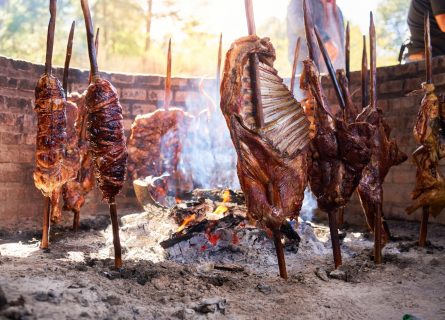
San Juan’s restaurant scene lacks the panache and variety of Mendoza, yet from one perspective, that’s a good thing. For a start, there are no crowds of tourists, and the family-run businesses in the downtown area guarantee authenticity. Lively bars, informal restaurants, and sizzling hot parrillas (grill restaurants) are the mainstay of local gastronomy, with excellent value reds on tap. Chivito (goat), bife de chorizo ( strip steak), and ‘costillitas de ternera’ (beef ribs) are local specialties.
Wineries Recommended by Cellar Tours
Further Reading: Discover More Related Blog Content
More information
If you would like us to customize an exclusive luxury tour, contact us and let us know your travel plans. We offer luxury food and wine tours for private groups of a minimum two guests. In addition, all of our private, chauffeured tours are available year-round upon request.

